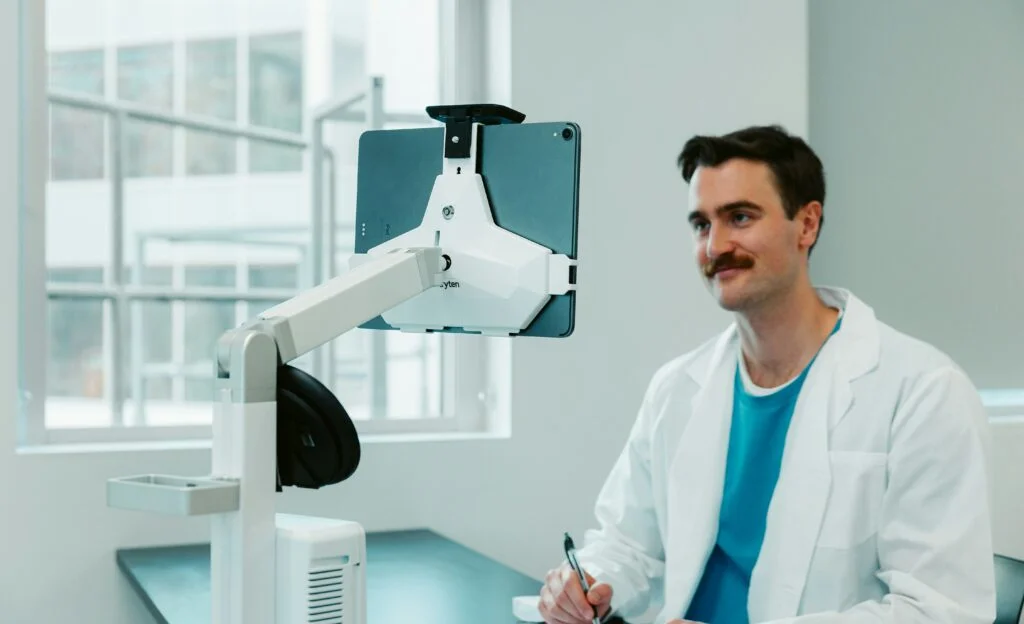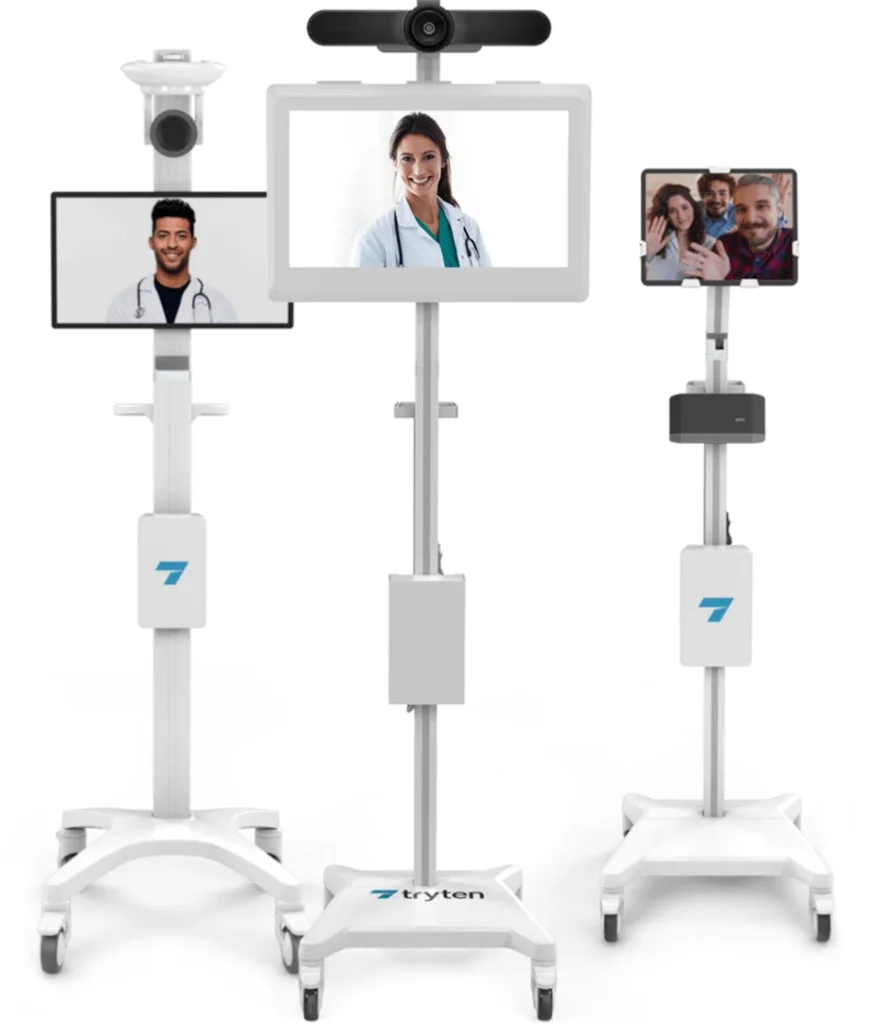
Telemedicine and virtual consultations were lifesavers for patients residing in nursing homes and other post-acute facilities during the pandemic. Family members were able to avoid traveling outside their safe living spaces and risking infection spread that could have had devastating consequences in facilities housing residents with compromised health or advanced age.
Despite its immense potential, this healthcare innovation remains underutilized by long-term care facilities. Only 39% of nursing homes in the United States use telehealth compared to 76% of acute care hospitals. Remote monitoring using technology allows healthcare providers to monitor patients’ health and detect deterioration. Timely intervention because of early detection improves outcomes.

The technology and equipment needed for virtual consultations existed well before the pandemic. However, because the government waived and relaxed rules, we saw the rise of telehealth.

Remote monitoring and virtual consultations were important for older people who were at very high risk for severe COVID-19 and death. Patients in long-term care facilities often have pre-existing conditions and comorbidities that make sheltering in place and isolation essential. Telemedicine provided them with the medical care they needed safely and effectively.
However, older adults often have visual and hearing impairments. Their lack of computer experience may also make it challenging for them to benefit from virtual consultations. Fortunately, patients in long-term care facilities can have medical carts brought into their rooms.
Capsa Healthcare’s solutions, such as tablet carts and monitor carts, can make it possible to extend patient care to your patients through telemedicine. These telehealth carts have small footprints and are designed for easy maneuverability. The monitor cart can accommodate screens as large as 22 inches and is stable enough to mount medical devices and additional speakers.
As elsewhere, the pandemic made it unsafe for seniors in Australia to visit healthcare facilities. Healthcare providers extended care to them using telemedicine equipment and remote monitoring. Patients in long-term care facilities benefit from using the communications equipment available.
However, despite showing willingness to use telehealth, only 12.6% of long-term care residents preferred video consultations. About 64.5% chose to have in-person visits instead. In addition, more than 90% of the telehealth visits were only via telephone instead of having a full telemedicine experience.
Healthcare providers, however, have found several advantages of telehealth, such as:
Both patients and providers agree that telehealth has limitations regarding physical examination and effectiveness. However, it remains of great value to long-term care facilities, especially those in rural and remote areas.
Telehealth needs government support in the form of legislation and funding for technology and devices. This healthcare innovation can help reduce healthcare inequity and expand access to specialty care, although it cannot replace in-person consultations.
As more people enter long-term care facilities, providing them with the healthcare they need is a major challenge. Multiple medical problems and reduced mobility make it difficult for them to visit their healthcare providers as often as required.
Americans aged 65 and older have healthcare coverage through Medicare and Medicaid. During the early days of the pandemic (April 2020), about half of all primary care was provided by virtual consultation. Despite the success stories in telehealth, the expansion of such coverage is hampered by:
As the population ages, more and more people will live in long-term care facilities. According to government estimates, 70% or more of people over age 65 will require some form of care. Long-term care facilities have the potential to address several problems restricting telemedicine by providing the equipment, adequate connections, and staff support to enable successful virtual consultations.
Older people often require specialty consultations with geriatricians, palliative care experts, neurologists, psychologists, and other healthcare providers. Long-term care facilities find it challenging to arrange physical consultations with different specialties, which means telehealth is an effective way forward. Facilities can aid the process by providing oximeters, blood pressure devices, weighing machines, and trained staff.
The technology required is already available, and internet coverage is almost universal. Capsa Healthcare is ready to meet your facility’s needs with state-of-the-art solutions such as monitor carts and tablet carts. These telehealth carts integrate video and communication with diagnostic peripherals for a comprehensive telemedicine experience. Capsa’s healthcare innovations are easy to use and well-suited for long-term care facilities, permitting monitoring, observation, and virtual consultation.
The pandemic helped prove that virtual consultation and remote monitoring are effective methods of providing healthcare to older people living in long-term care facilities. With these innovations in health technology, they can access care promptly and safely, with better outcomes.
Capsa Healthcare is at the forefront of the telehealth revolution. We offer a range of telemedicine solutions that include telehealth carts and medical monitor and tablet carts. Our mobile carts are portable telehealth workstations designed for ease of use and maneuverability. These carts easily enter the rooms of long-term care facilities and enable high-quality communication between providers and patients. Contact us today to discuss with an expert how to set up remote monitoring and care in your facility.